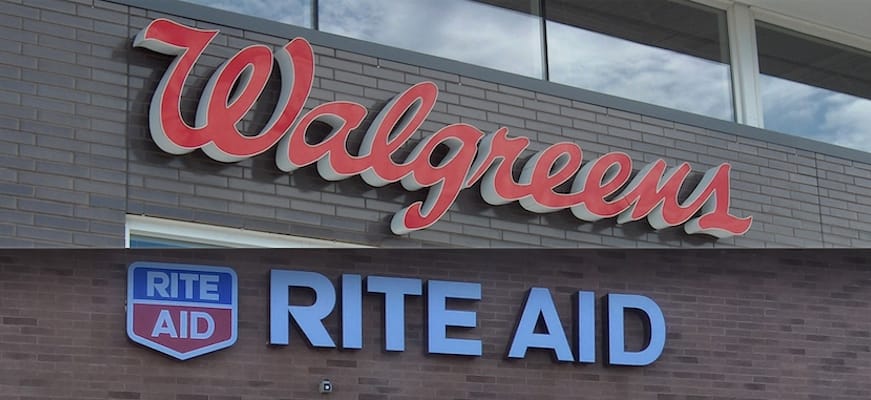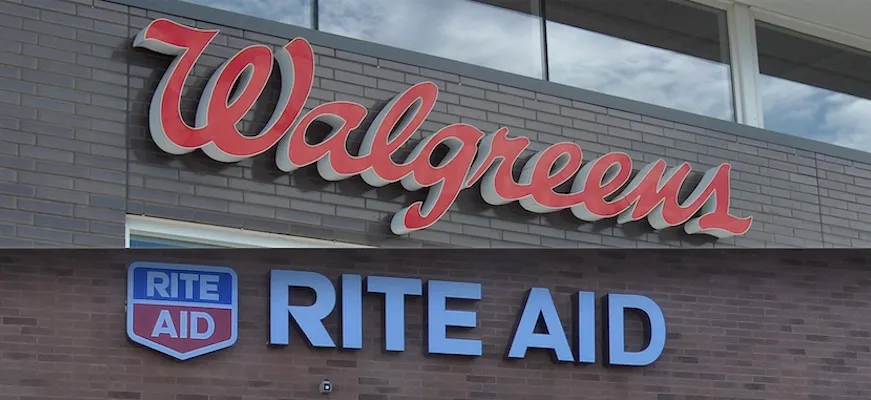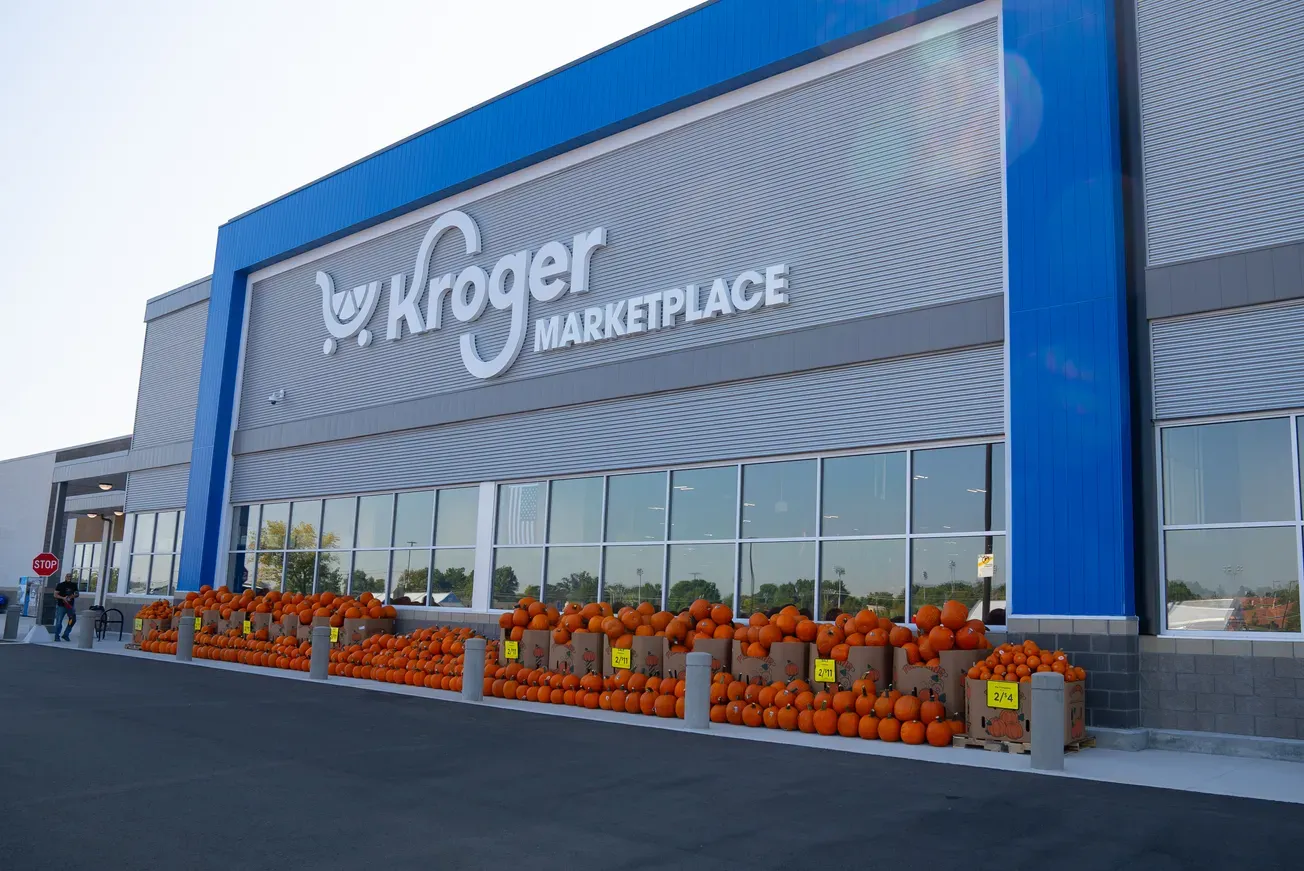
NEW YORK — Speculation continues to percolate about snags holding up Walgreens Boots Alliance Inc.’s (WBA’s) acquisition of Rite Aid Corp.
Last last month the New York Post reported that private equity firms were uninterested in purchasing 650 stores that WBA must divest to satisfy antitrust requirements. Investors found the stores to be subpar and too spread out geographically, the newspaper said, citing anonymous sources.
While a private equity firm would buy outlets to start a new chain, a more feasible possibility is the purchase of the stores by an established retailer. Representatives of CVS Health and WBA met with Federal Trade Commission officials in September, the Post said. CVS and Kroger Co. have been viewed as possible buyers.
WBA has expressed confidence that the deal will go through by year-end, while raising the number of stores that it expects to divest to gain government clearance. The company said last month that between 500 and 1,000 Walgreens and/or Rite Aid stores will probably have to be divested. It had previously said it was willing to shed up to 1,000 stores to get the FTC’s OK but that it expected divestitures to be less than half that number. Together, Walgreens and Rite Aid would create the largest U.S. chain drug retailer, with more than 12,700 stores. CVS has around 9,600.
“We are very confident” that the deal “will go through,” Stefano Pessina, WBA executive vice chairman and chief executive officer, said in a conference call on third quarter results. “It takes some time, but we knew it.” It is normal for this kind complex deal “to take months and months,” he said. “So I would say that we are on track.”
“You see that we have raised the capital, you see that we have a big team in place starting the integration and they are working hard,” Pessina added. “We are trying to find the right buyers for the pharmacy sector for sure we will have to divest, and that is it.”
Wolfe Research analyst Scott Mushkin noted that the share concentration a WBA-Rite Aid combination would create in many U.S. markets would be hard for regulators to overlook. “While we have long believed that the transaction seems to go directly against the FTC/DOJ [Department of Justice] guidelines, one possibility could be that the FTC requires more store divestitures than is being contemplated by the merger agreement,” Mushkin wrote in a July research note. “Aside from finding viable purchasers for the stores, which we believe will be a challenge, this may be the path of least resistance, although it could lead to a lower purchase price for Rite Aid if the divested stores are above the threshold.”
In a report on WBA financing for the deal, Fitch Ratings said Walgreens holds 20% of the U.S. prescription market, while Rite Aid has a 6% share. Besides bringing procurement and cost structure benefits from a larger scale, the merger would significantly expand WBA’s market reach, Fitch observed.
“Rite Aid would improve WBA’s national retail coverage, particularly in Southern California and Northeastern U.S. markets, positioning it well to compete for inclusion in narrow and preferred pharmacy networks,” Fitch stated. “At the end of fiscal 2015, 76% of U.S. households operated within a five-mile radius of a Walgreens or Duane Reade, and Fitch anticipates the coverage is likely to rise to the mid- to high-80% range at the close of the acquisition.”







